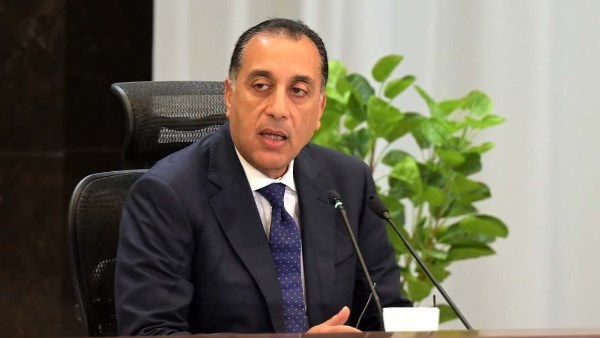
The Japanese currency fell as much as 0.4% to 160.39 per dollar
Yen Weakens Beyond Key 160 Level، Raising Risk of Intervention

The yen fell to the weakest level since 1986، fanning speculation authorities may be soon be forced to support the currency again in a bid to stem the biggest depreciation in the developed world.
The Japanese currency fell as much as 0.4% to 160.39 per dollar، blowing past levels that last led officials to intervene in the market in April. The yen has weakened more than 12% this year، raising the price of imports، hurting Japanese consumers and causing growing unease among businesses.
Borrowing costs below zero
The vast gap between interest rates in Japan — where borrowing costs remain near zero — and the US has kept pressure on the yen despite attempts contain the slide. The next big pain point may emerge from a readout on the Federal Reserve’s favored US inflation gauge on Friday، which is key to the outlook for monetary policy.
“Rhetoric from the Ministry of Finance in recent days has signaled increased concern،” said Erik Nelson، macro strategist at Wells Fargo in London. He expects officials will hold out for the currency to slide to 165 per dollar before entering the market، a level that banks including Bank of America say is the new “line in the sand” for authorities.
A lot is at stake for Japan، which spent a record ¥9.8 trillion ($61.1 billion) in its most recent bouts of intervention. Citigroup Inc. estimates the country has $200 billion to $300 billion of ammunition to fund any campaign.
So far this week، officials in Tokyo have limited their response to verbal warnings.
Finance Minister Shunichi Suzuki said they are closely monitoring developments in the market and will take all possible measures as needed. The country’s top currency official، Masato Kanda، warned on Monday that authorities stand ready to intervene، 24 hours a day، if necessary، while reiterating they were not targeting a specific level. He is due to speak again later.
“If the moves start to get disorderly north of 160، they may come in to smooth the move،” said Win Thin، global head of markets strategy at Brown Brothers Harriman & Co in New York. “Buy until the BOJ tilts more hawkish، upside for USD/JPY is the path of least resistance.”
Previous action by Japan to support its currency market has raise eyebrows overseas، with the US Treasury Department last week adding the nation to its “monitoring list” for foreign-exchange practices.
While the US stopped short of labeling Japan — or any other trade partner — as a currency manipulator، officials in Washington wrote that “in large، freely traded exchange markets، intervention should be reserved only for very exceptional circumstances with appropriate prior consultations.”
Contained Volatility
Still، US data Friday may ease some of the pressure on the yen. Economists forecast core PCE inflation — a measure that excludes the volatile food and energy categories — will decelerate، which could bolster the case for the Fed to lower borrowing costs this year.
Volatility also remains relatively low market، making it it difficult for authorities to enter the market just yet، many strategists say. One-month implied volatility in dollar-yen has hovered below 9% for much of this month، down sharply from 12.4% in late April.
“Given quarter-end dollar demand and the fact that the volatility environment remains contained، Japanese authorities might wait a bit more before intervening once again،” said Roberto Cobo Garcia، head of G-10 FX strategy at Banco Bilbao Vizcaya Argentaria SA in Madrid. “Volatility needs to rise more if they are to step in again.”





-1120252475029447.jpg)
-920252122624392.jpg)
















